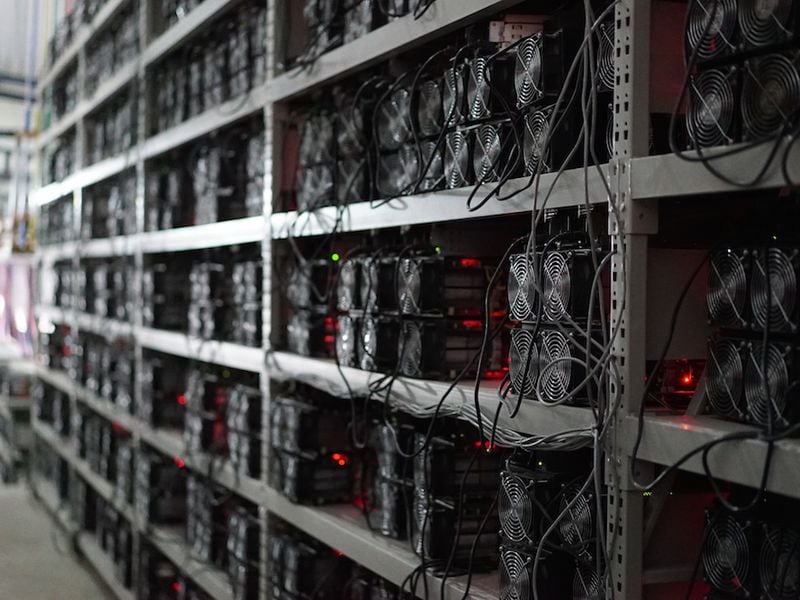Spurred by the recent Republican electoral trifecta earlier this month and the prospect of federal policy facilitating further and more widespread adoption, bitcoin notched a new all-time high above $90,000. While all eyes have been largely fixed on the regulatory outlook in Washington, Wall Street is taking note of the new margins for miners. Just as higher prices and lower costs magnify margins for traditional commodity producers, higher bitcoin prices and lower energy costs can make mining operations more economical. Beyond the increasing proliferation of bitcoin within investment portfolios, mining operations have become a focus of a new wave of mergers and acquisitions on Wall Street.
You’re reading Crypto Long & Short, our weekly newsletter featuring insights, news and analysis for the professional investor. Sign up here to get it in your inbox every Wednesday.
Talen Energy’s recent 100% acquisition of TeraWulf’s Nautilus Cryptomine on October 3rd is an illustrative example of this trend. The Nautilus Cryptomine draws its power from Talen’s adjacent Susquehanna nuclear facility. This symbiotic relationship between a Bitcoin mining operation and a traditional nuclear power plant has the potential to become a prototypical model for both cyptominers and energy producers. Nuclear power can supply miners with reliable and relatively inexpensive energy, while miners can supply a consistent revenue stream to maximize the value per megawatt of nuclear power.
As big tech searches for ways to meet its voracious energy demands and policymakers search for cleaner alternatives to secure energy independence, nuclear has increasingly become a nexus for both Wall Street and Washington. On Capitol Hill, senators and representatives have passed nuclear legislation this year with overwhelmingly broad bipartisan support. In an era defined by bitter partisanship, the Accelerating Deployment of Versatile Advanced Nuclear for Clean Energy (ADVANCE) Act passed the Senate by a vote of 88-2 and passed the House by a vote of 393-13. This followed the House’s Atomic Energy Advancement Act and Senate’s Fusion Energy Act, both of which enjoyed significant bipartisan sponsorship and support. The White House also recently unveiled a framework to deploy 200 GW of net new nuclear capacity by 2050, tripling U.S. nuclear energy capacity. In short, nuclear now enjoys significant support on both sides of the political aisle.
As legislators look to clear regulatory hurdles for both crypto and nuclear, this dynamic could continue to facilitate a symbiotic synergy between the two. It is a developing trend worth following, given that bitcoin and uranium may continue to be lifted by the same tide as the US shifts its sentiments towards both investments and power production.
Note: The views expressed in this column are those of the author and do not necessarily reflect those of CoinDesk, Inc. or its owners and affiliates.






























